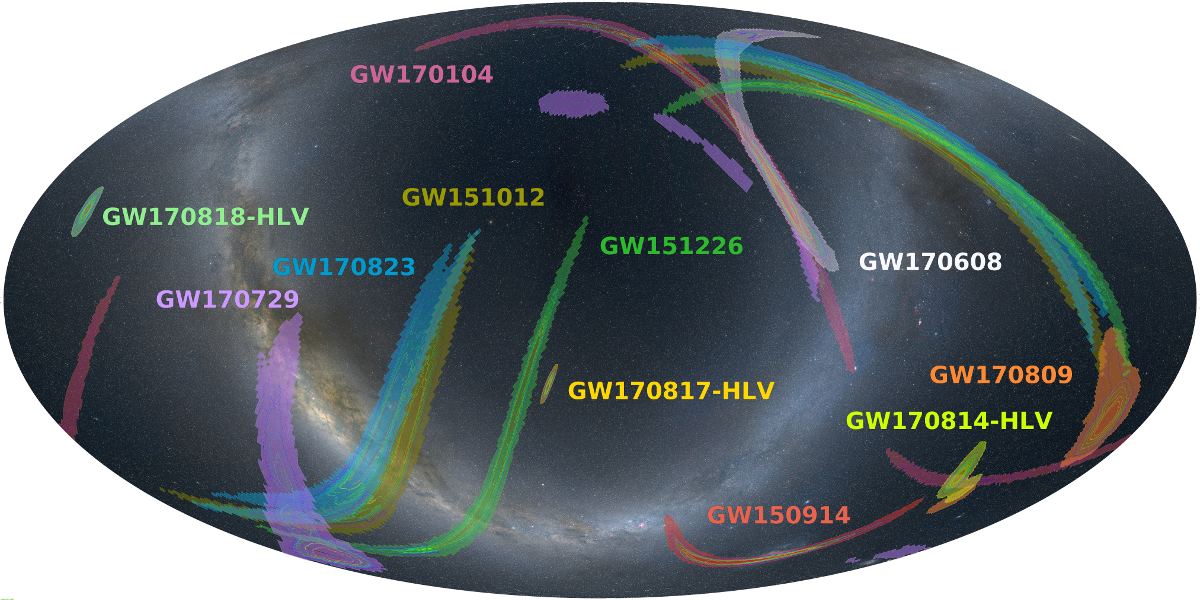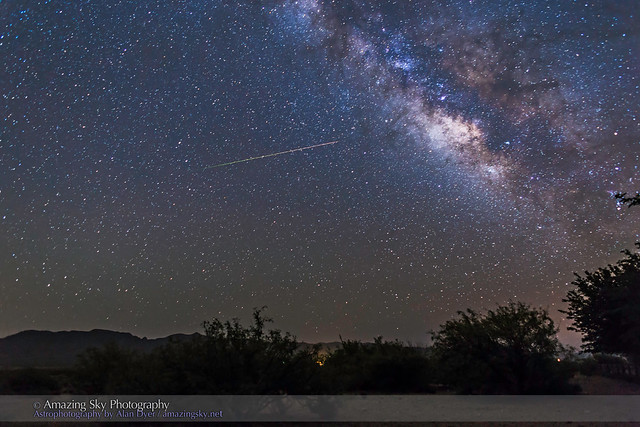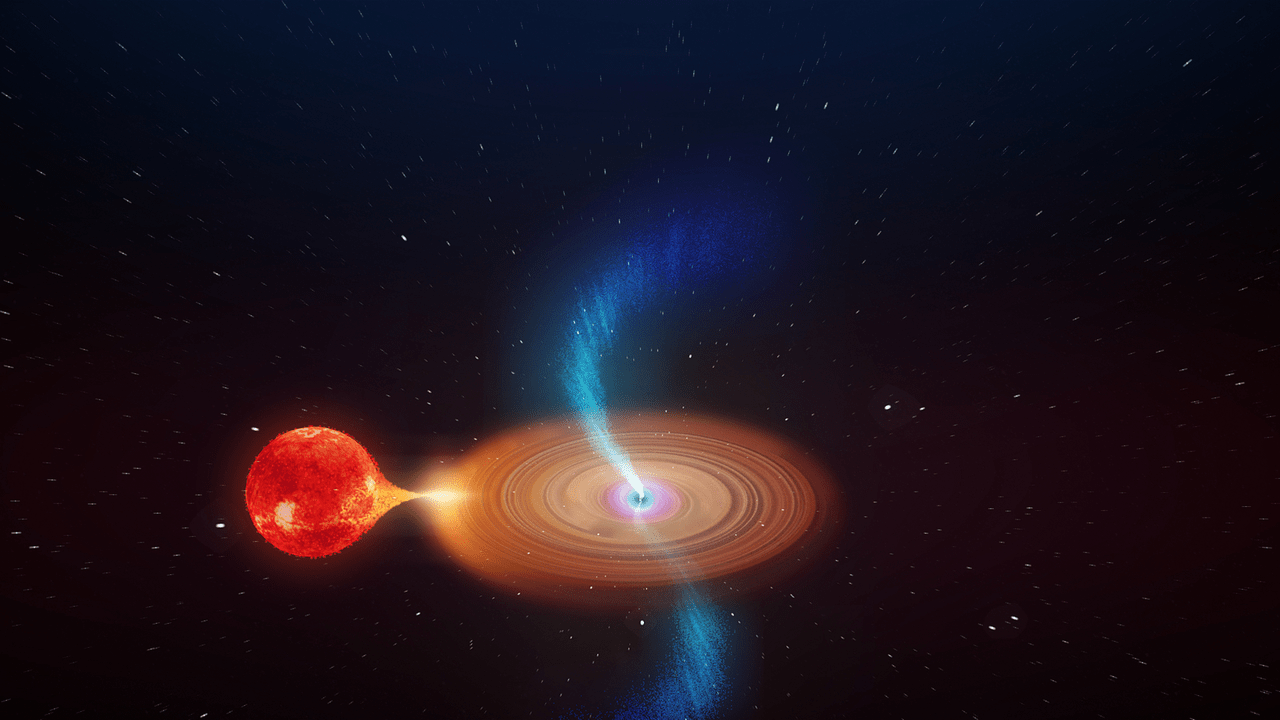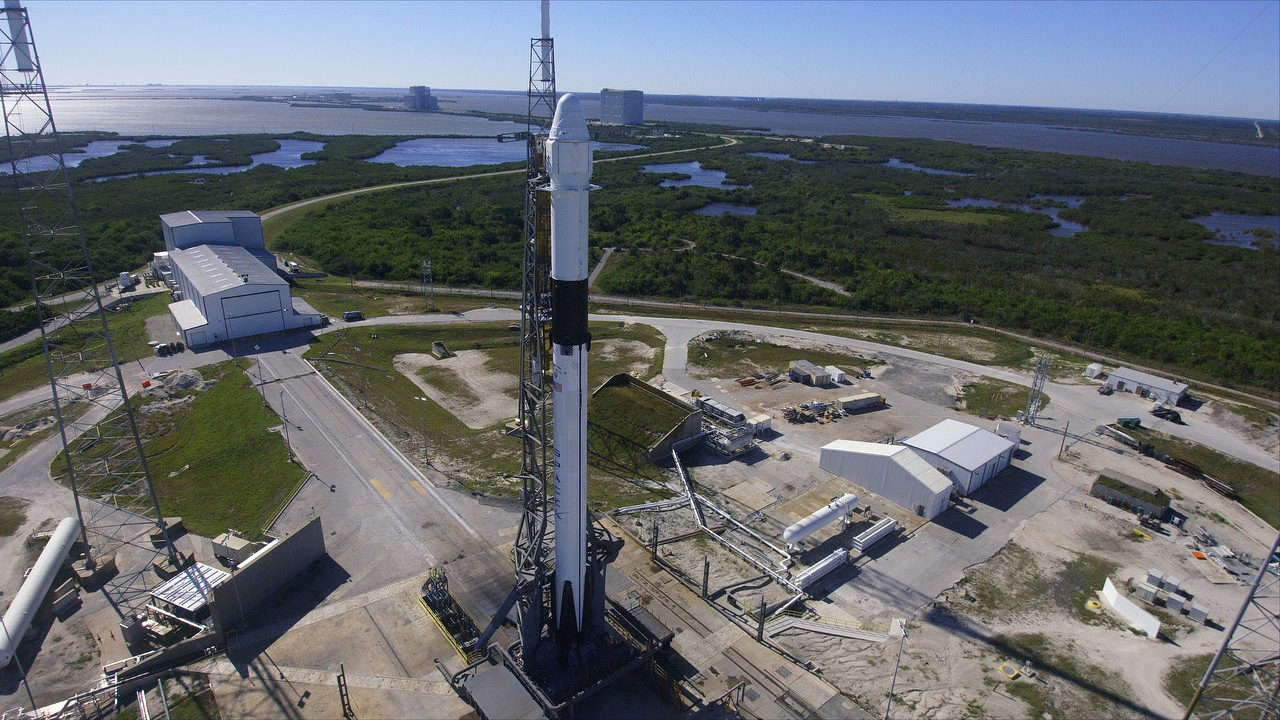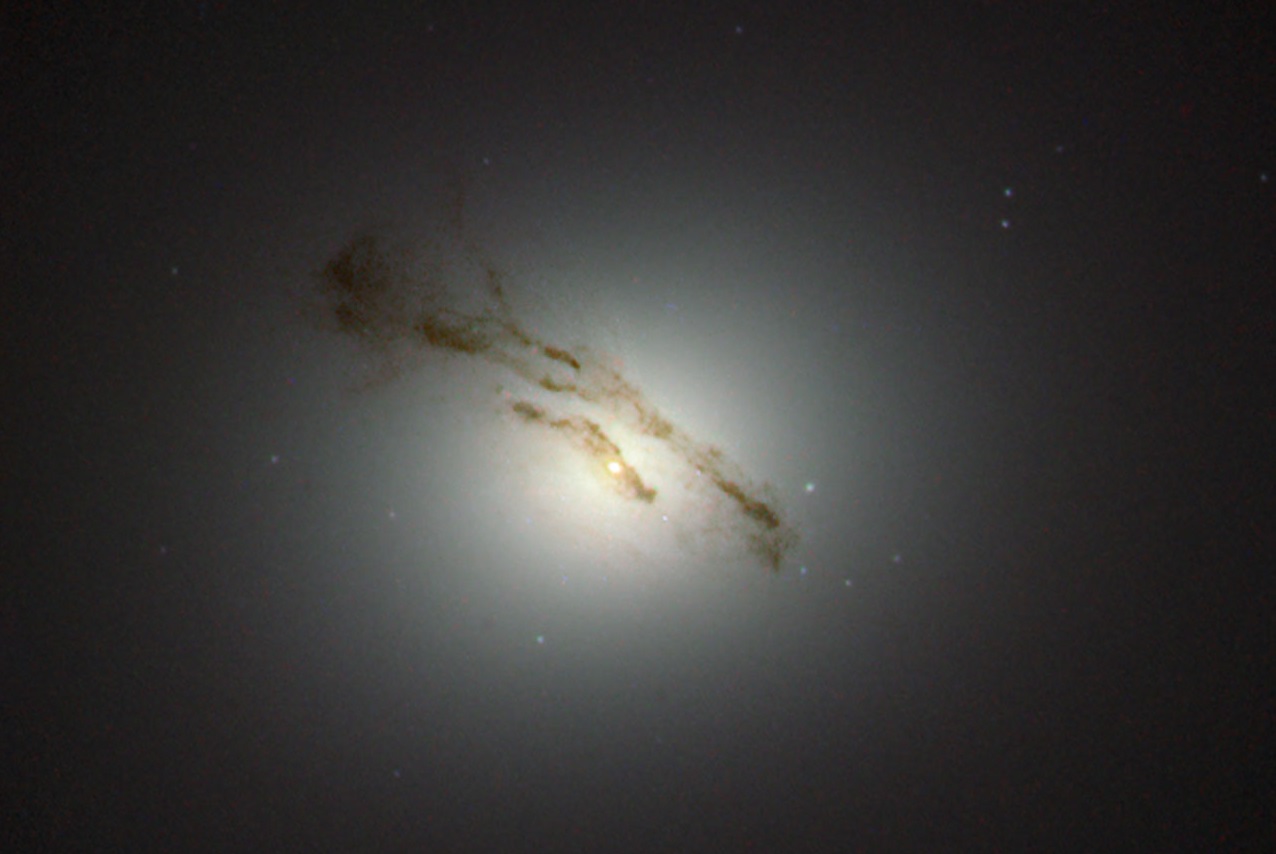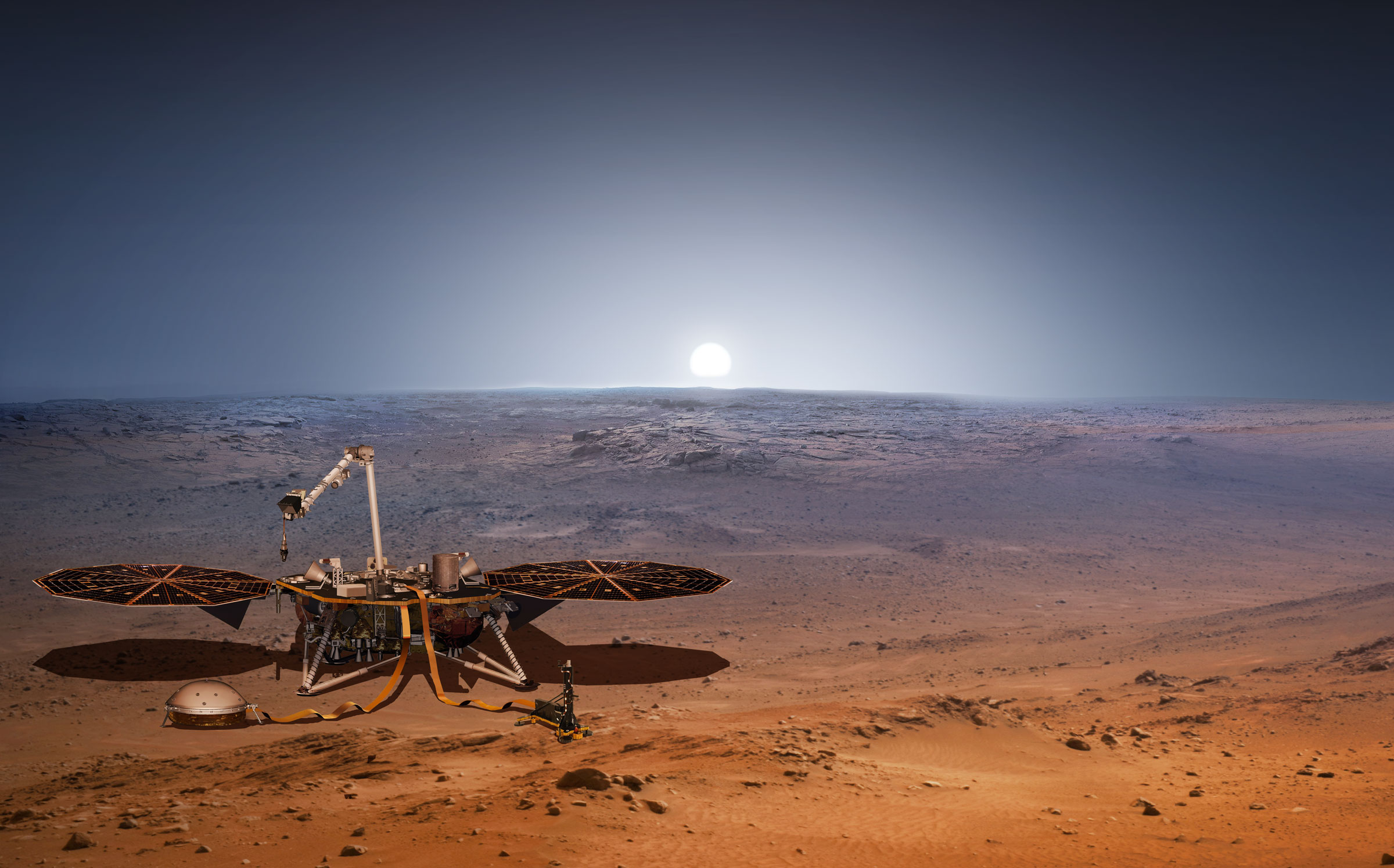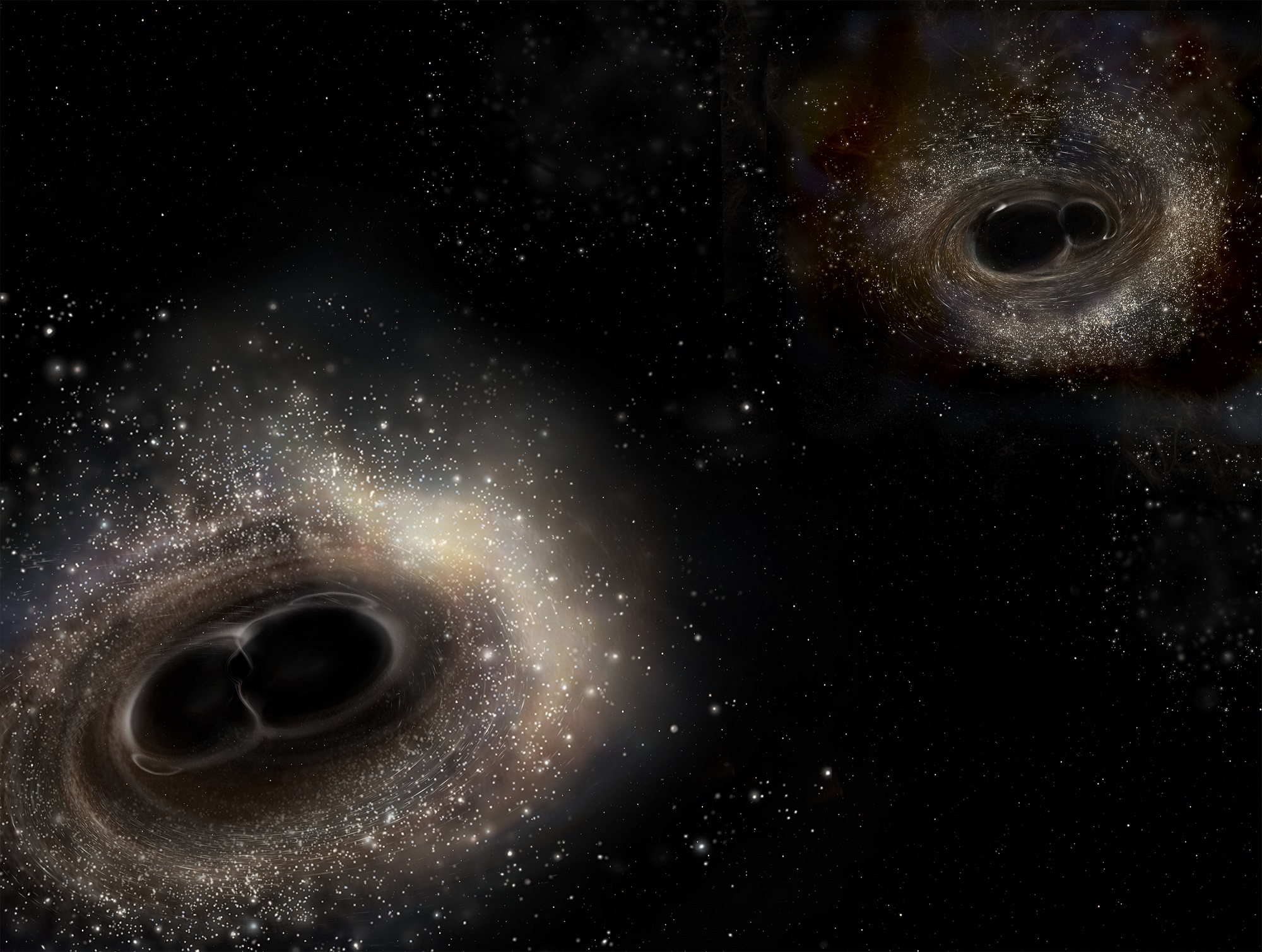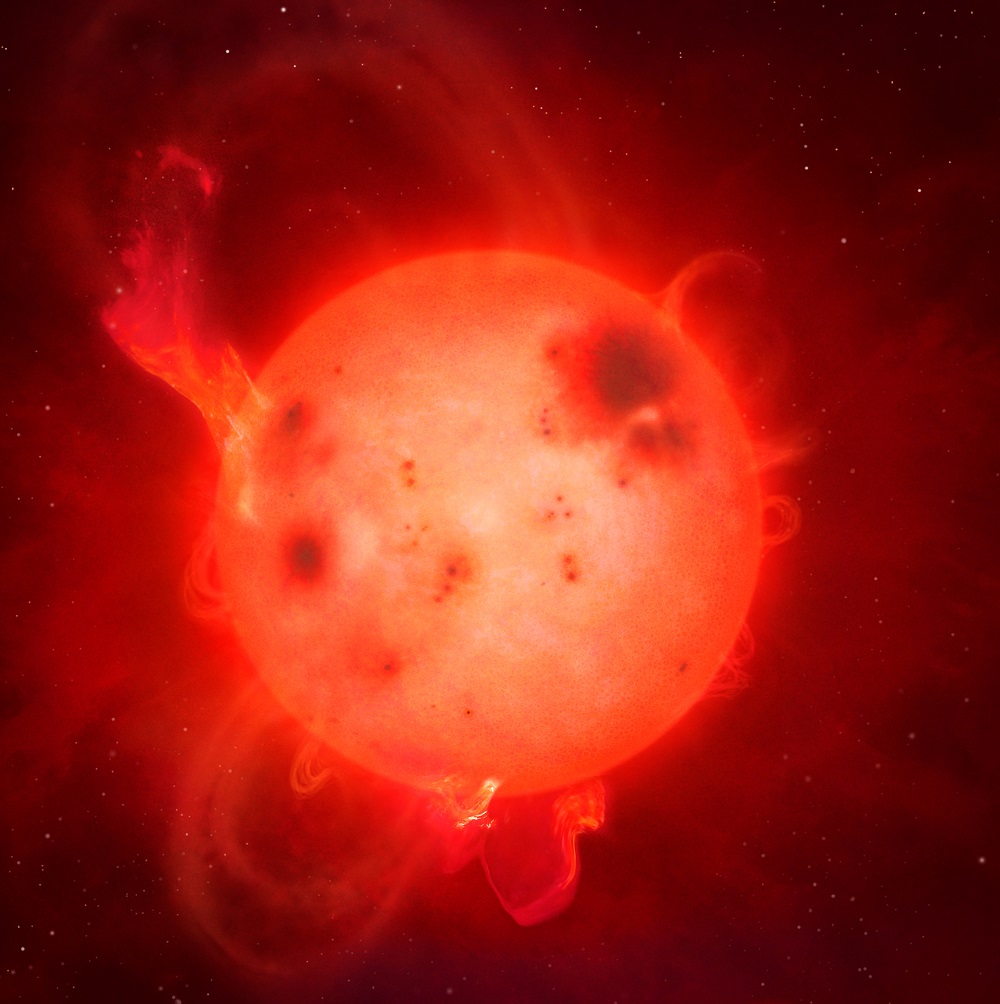Since the 1960s, scientists have theorized that the Universe is filled with a mysterious, invisible mass. Known as “dark matter“, this mass is estimated to make up roughly 85% of the matter in the Universe and a quarter of its energy density. While this mass has been indirectly observed and studied, all attempts at determining its true nature have so far failed.
To address this, multiple experiments are being carried out that rely on immensely sophisticated instruments. One of these, called XENON, recently observed a process that had previously avoided multiple attempts at detection. These results could help scientists to improve their understanding of neutrinos, which some scientists believe is what dark matter is made up of.
Continue reading “Dark Matter Detector Finds the Rarest Event Ever Seen in the Universe”

